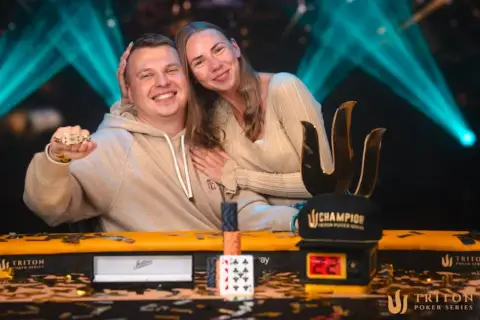The roulette wheel consists of 18 black and eighteen white spaces. It is there that most players focus their attention. They bet on a color. They bet on a number. They bet on a range of numbers, or on a sort of numerical concept (low versus high). What about green? Betting on green zero in roulette can be a fun way to spice up the evening, but you need to view the decision realistically.
Green appears only once in European roulette and twice in American wheels. Yet it is a powerful space with just as much ability as any other at influencing your bet outcomes. Why does green exist in roulette?
Understanding the Roulette Wheel Color Scheme
To understand why green exists in roulette, you first must realize that there are two basic betting categories. Inside bets generally feature highly reduced odds. You might pick one number—in which case your odds of winning are 1 out of 36. You could, alternatively, pick a short sequence of numbers.
In this case, your odds of winning are better but still less than 50/50.
For outside bets, you take wagers with a much higher probability. Black or red. Odd or even. High or low.
In this case, your chances improve, but your payouts decrease.
It’s for outside bets that green spaces are most disruptive. In a betting arrangement where you can wager on one of two evenly matched colors, the introduction of a third color skews the odds in the casino’s favor.
In other words, when the ball stops on green, everyone with an outside bet automatically loses. The house maintains its edge.
Can you bet on green in roulette?
You can! The odds of hitting green—or the zero pocket—are listed as 35-1 in all versions of roulette. Basically, choosing green is a type of inside bet. The rewards are very high, but because there are only 1-2 green pockets, the chances of success are pretty low.
In gambling, payouts are generally always influenced by the odds. The more you risk, the more you stand to gain.
Is Betting On Green Better In American Roulette?
Your chances of hitting green improve slightly in American Roulette because there are two spaces instead of just one. This means that a green bet has—well. Twice the odds of winning. However, that’s not exactly how the betting mechanics work.
To bet on green in American roulette, you can either put your chips down on one space, for a 35 to 1 payout, or both green spaces, for a 17 to 1 payout.
Is it smart to bet on green in roulette?
Define smart. Obviously, if the ball lands on green and you find yourself with a 35 to 1 payout, betting on zero will have felt like a pretty wise move. On the other hand, thinking in terms of probability over outcome: No.
One of the things many players struggle to understand with roulette is that the odds never change. You could sit at a table all night and watch as the ball continuously zips by green zero. Thirty-five spins in, you might think to yourself, Ok. It’s Green’s moment.
You’d be thinking wrong. Green does not have a moment. No space has a moment.
You can go online and find endless roulette odds spreadsheets. Players document their betting experience. How often this number comes up over that one. There have even been scientific studies in which scientists use physics to tilt the odds in their favor. And by the way, you can too! All you need is to get the casino to let you mount a motion-activated camera over the table. Then, you need a room full of physicists to interpret the data and give you their recommendations.
While you work on that, let’s get back to business. Probability never changes. What happened at the table earlier will not influence what happens next. You could spin the wheel all night and never have green come up once.
In fact, there is a concept that some roulette enthusiasts call “the rule of thirds.” Basically, it means that if you were to spin the wheel 37 or 38 times (depending on what version of the game you are playing) about one-third of the numbers will never show up.
If that sounds strange, think about how much crazier it would be if every number took a turn, like kindergarteners in line at the drinking fountain.
The Enemy is Here, And It’s Green
Bottom line: Green exists to skew the odds in the casino’s favor. Yes, you can bet on it. Yes, if you happen to get lucky, the payout will be pretty sweet. Long-shot wagers can be fun. They aren’t sustainable as a betting strategy.
Balance your roulette wagers with a healthy mix of inside and outside bets. This will improve your overall odds while still allowing you to feel adventurous.















